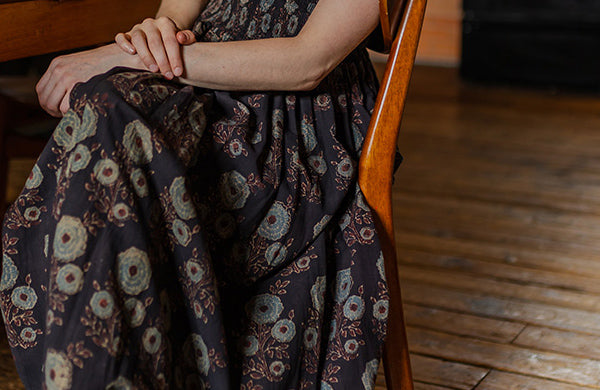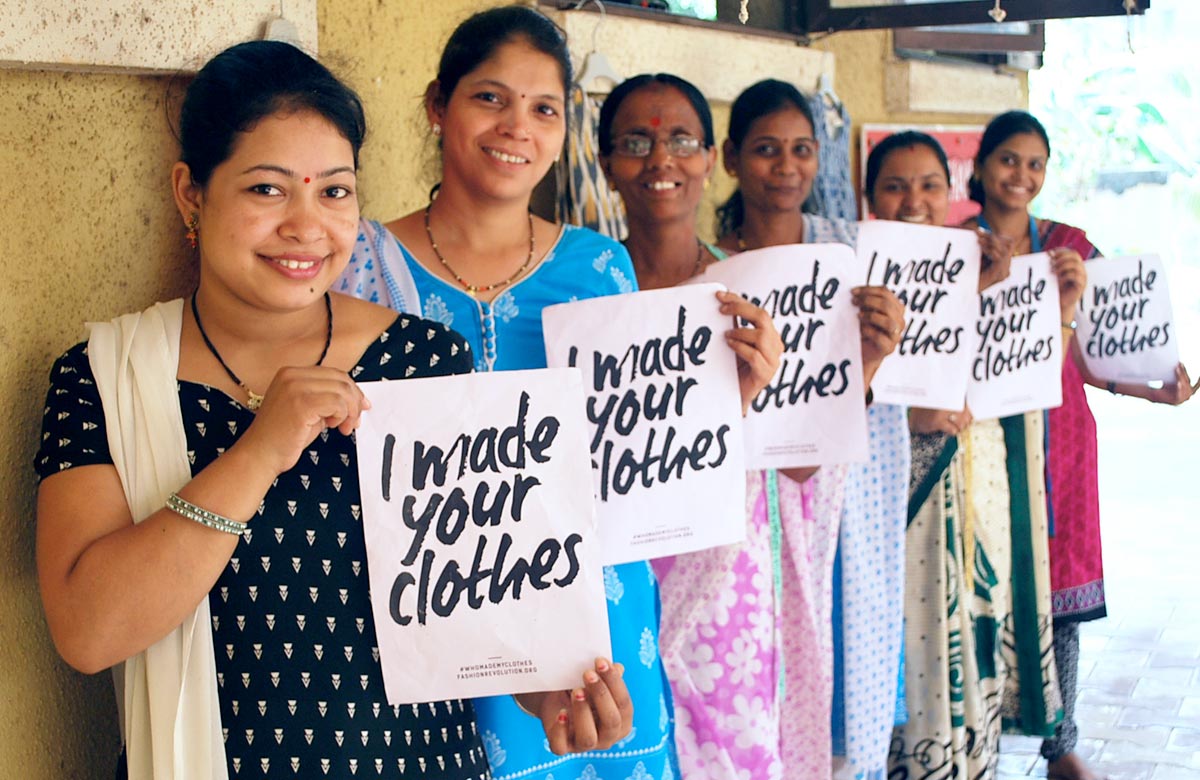India's Eunuchs
- Jonit Mata
- 20 Mar, 2011
In Mumbai last summer, Michelle and I twice ran into hijras, or eunuchs, as they’re referred to in English…once while stopped at a red light in an auto-rickshaw and the other on a train. When they walked up to our auto-rickshaw, they were begging for money and wouldn’t leave until we gave it to them. Saying no didn’t have any effect. We ended up giving them some coins. We also gave some money to the hijras we encountered on the train and asked if we could take their picture, which, as you can see, came out pretty well.

We knew a little bit about the hijra community from reading a book by William Dalrymple called City of Djinns. (I highly recommend it to everyone for some great insights into both contemporary and historical Delhi.) In the book, Dalrymple gets to know a household of eunuchs, even accompanying them on one of their daily ventures out to harass a family that has had a recent marriage. Hijras face extreme discrimination and must beg in order to survive. People will give them money to receive their blessings and to avoid their curses and mistreatment. I am including a long excerpt from City of Djinns because I love how Dalrymple provides a context for this Indian subculture.
There have been some recent developments: India To Offer Eunuchs Special Pension Each Month. The Indian government is finally recognizing the barriers faced by hijras and will be providing $23 a month in assistance.

From City of Djinns: A Year in Delhi by William Dalrymple (1993)
Eunichs were once common over the width of Eurasia. They are fleetingly referred to in ancient Assyrian and Babylonian stelae and became popular as servants – and as passive sexual playthings – in the degenerate days of the later Roman Empire. In the Muslim world their impotence made them perfect harem guards and they rose to power as chamberlains, governors and even generals. They were slaves in Anglo-Saxon England and survived in Italy well into the nineteenth century, singing castrato roles in opera as well as in the Vatican Sistine choir.
Yet today eunuchs have apparently died out everywhere except in the subcontinent. Here they are still not uncommon figures in the poorer parts of the larger cities. In all there are thought to be some 3/4 of a million of them surviving. Modern Indian eunuchs dress as women and arrive uninvited at wedding and birth celebrations. They dance and sing and make bawdy jokes. From the poor they extract money in payment for the good luck and fecundity that their blessings are supposed to impart. From the rich they take larger sums by threatening to strip naked unless paid to leave; terrified middle-class party-givers will give them anything as long as they go quickly. They are volatile, vulgar, and can sometimes be violent.
Like most things in Delhi, the curious position of the eunuchs in Indian society can be explained by the head-on collision of two very different traditions, one Muslim, one Hindu.
Hijras (eunuchs) are referred to in the very earliest of Hindu texts, the Vedas, written in the second millennium BC. Here castration was seen as a degrading punishment meted out only to the very lowest in society. An Untouchable who was caught urinating near a Brahmin could be castrated, as could any lower-caste Hindu who has sex with a Brahmin woman. The act of castration brought the criminal to a level even lower than the Untouchables. By the time of the Mahabharata, one thousand years later, the position of eunuchs had improved very little. To be a eunuch was a curse; even the sight of them was defiling to a Brahmin. No one was allowed to accept alms from them, no one was allowed to consume food prepared by them, they were excluded from all sacrifices. As a solitary concession, non-Brahmins were permitted to watch them dance.
The position of eunuchs in Islam was always very different. Although the Prophet Muhammad forbade castration, eunuchs were always common in Muslim society and because of their sterility were considered free of the taint of sexuality. They were thus especially suitable to guard sacred relics and great sanctuaries. The shirt of Muhammad in Cairo was guarded by eunuchs, as was the Great Mosque in Mecca. Pilgrims – hajjis – would kiss the eunuchs’ hands on their way to see the Ka’ba, the most holy shrine in all Islam.
Dedicated courtiers, undistracted by families, they soon rose to powerful positions, first in Mameluk Egypt, then in Ottoman Turkey, but most prominently of all in Mughal India. ‘The kings, princes, queens, and princesses place great confidence in these people,’ wrote the Italian traveler Niccolao Manucchi. ‘All people of quality have eunuchs in their service and all the other officials, servants and slaves are bound to account to the eunuchs for all they do.’
When the Mughal court was disbanded, Muslim hijras were exposed for the first time to the other, Hindu, tradition of eunuchry. In typical Delhi fashion the two traditions merged, and the hijras became subject to a very Indian compromise.
To give birth to a hermaphrodite is still considered by simple Indians to be one of the most terrible curses than can befall a woman. At the same time the blessing of a hijra is considered to be unusually potent. It can make a barren woman fertile. It can scare off malevolent djinns. It can nullify the evil eye. In the streets hijras are jeered at, sometimes even pelted with rubbish. Yet at a poor family’s most crucial and most public celebrations, at a marriage or at the birth of a male child, the absence of a hijra would almost invalidate the whole ceremony.
Thrown out of their homes, rejected by their families, they come together for protection. In the streets they affect the manners of a pantomime dame to gain attention: they pinch men’s buttocks, purposely make buffoons of themselves, but are quick to take offense. With little possibility of much fulfillment in this world, they look to the next they are for ever visiting temples and mosques (for this they are required to revert to their male clothes) and going on pilgrimage to Hindu and Muslim shrines over the subcontinent.


